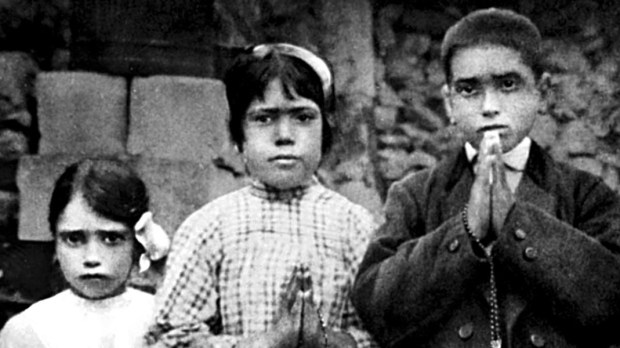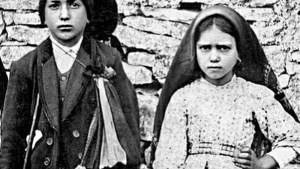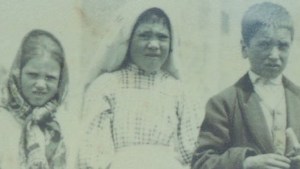St. Jacinta died when she was nine years old from an influenza epidemic that swept through many parts of Europe in 1918-1920. This led to a period of intense pain and suffering for the little child, but she embraced it as a way to offer a sacrifice to God.
St. John Paul II commented on St. Jacinta’s heroism in his homily for her beatification in 2000.
Little Jacinta felt and personally experienced Our Lady’s anguish, offering herself heroically as a victim for sinners. One day, when she and Francisco had already contracted the illness that forced them to bed, the Virgin Mary came to visit them at home, as the little one recounts: “Our Lady came to see us and said that soon she would come and take Francisco to heaven. And she asked me if I still wanted to convert more sinners. I told her yes.”
Even when she knew her brother, Francisco, would die, she had a firm faith in God and wanted to continue being a victim for sinners.
And when the time came for Francisco to leave, the little girl tells him: “Give my greetings to Our Lord and to Our Lady and tell them that I am enduring everything they want for the conversion of sinners.” Jacinta had been so deeply moved by the vision of hell during the apparition of July 13 that no mortification or penance seemed too great to save sinners.
She saw first-hand the horrors of Hell and had an outpouring of love for sinners around the world. St. Jacinta did not want anyone to experience such eternal punishment and was willing to take upon herself pain and suffering on their behalf.
If she could suffer pain and help save sinners, then she welcomed any suffering God wanted to give her.



